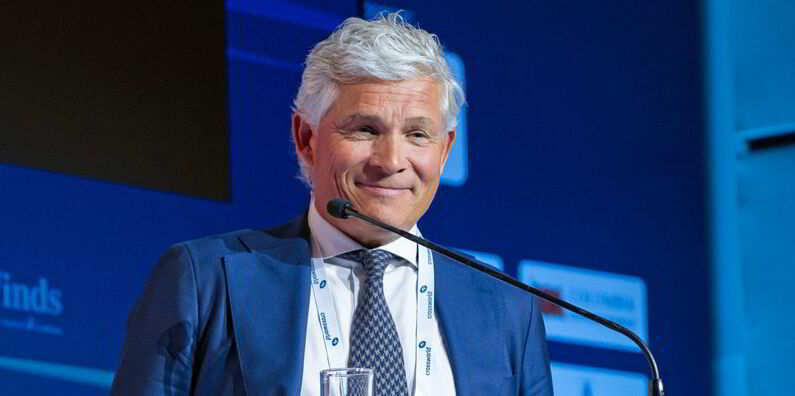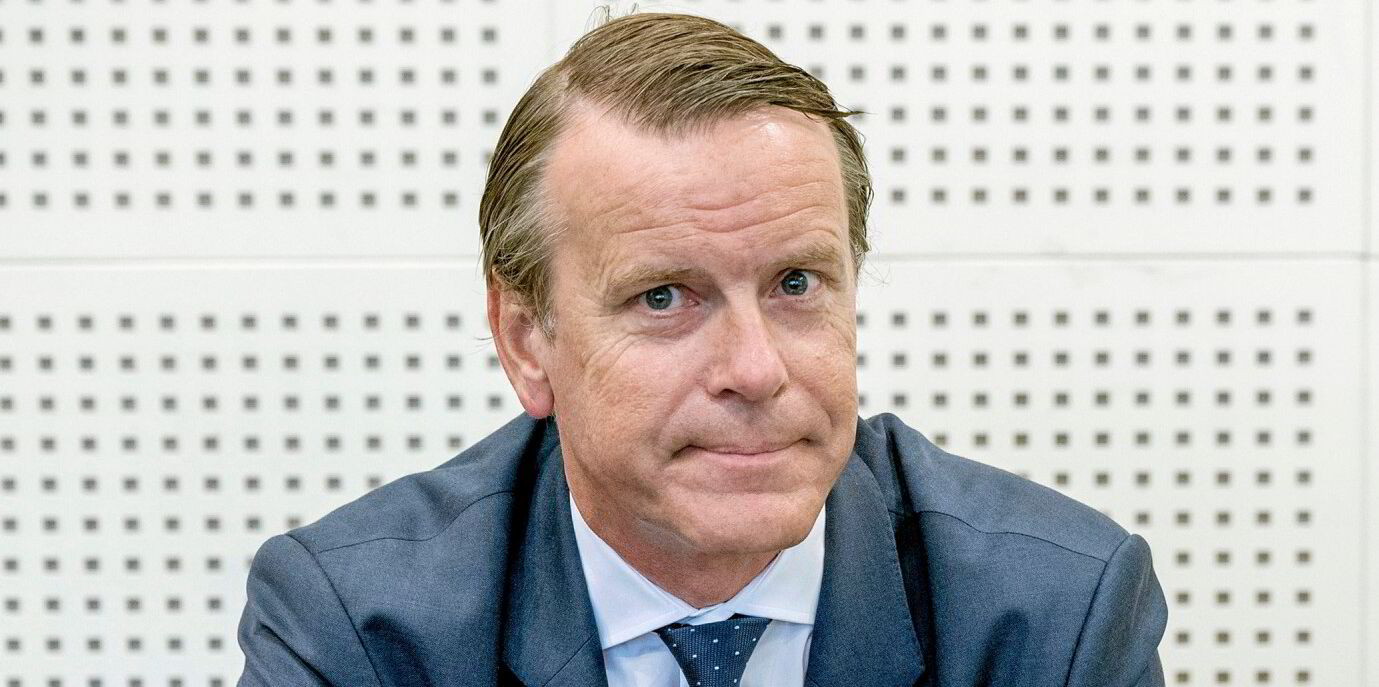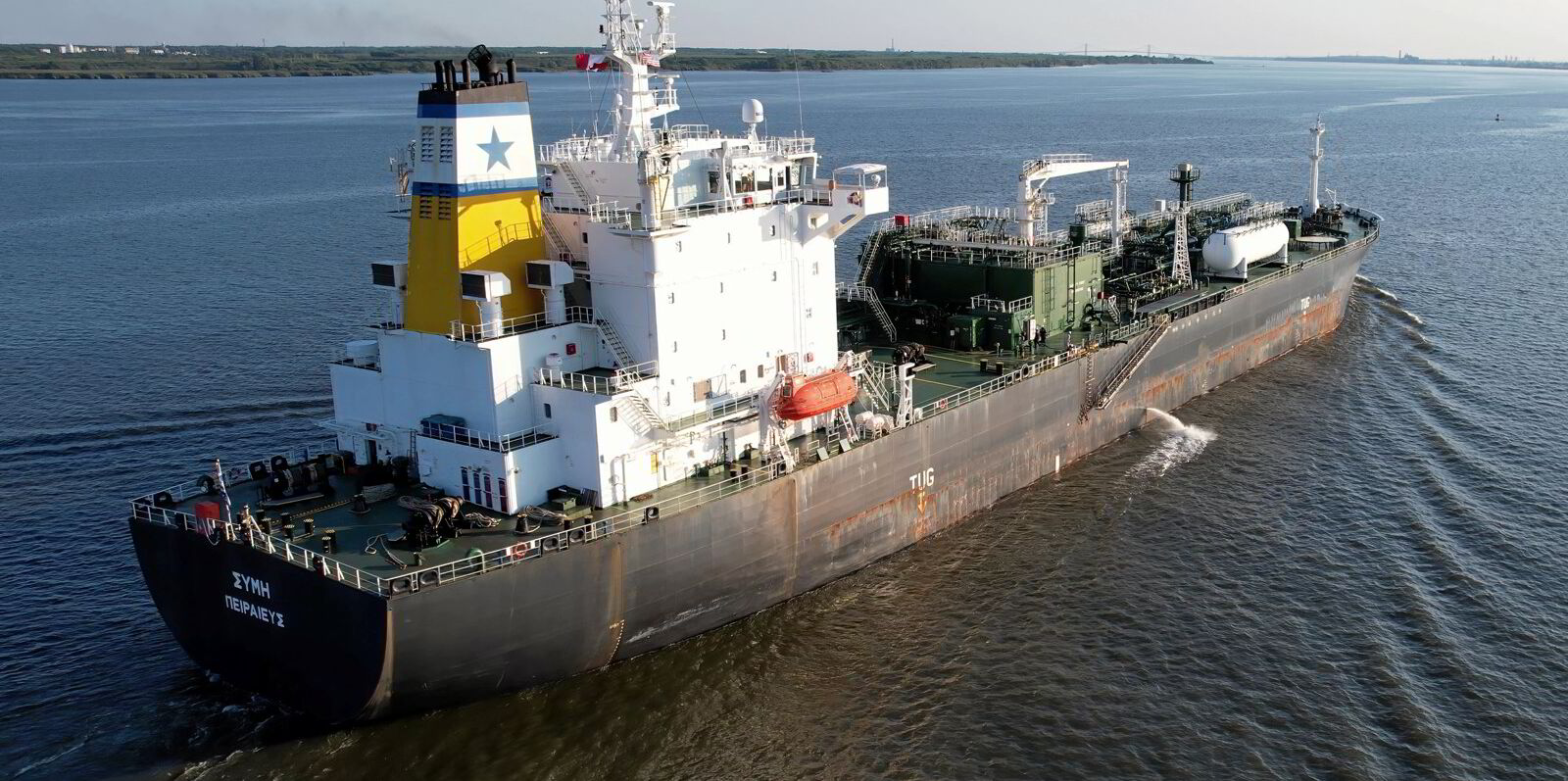Analysts believe a recent hammering of Hafnia’s share price has been overdone.
The BW Group-backed Singapore product tanker owner’s stock has experienced a challenging period, with rates falling short of prior expectations, Clarksons Securities said.
The current level in Oslo of NOK 63.05 ($5.70) per share is down from NOK 92 in May and is just 64% of Hafnia’s net asset value.
“While some of the decline in the stock price is justified based on the rate of development, the current discount to underlying asset values appears excessive,” analysts led by Frode Morkedal said.
The share price implies a fall in the company’s vessel values of 30%, they calculated.
“While further declines in asset values are possible, this level of pessimism may be overdone,” they added.
Brokers estimate a 10-year-old MR tanker at $36m, while Hafnia’s valuation implies $26m.
This value requires a rate of only $16,600 per day to achieve an 11.5% cash-on-cash return. Actual spot rates are $25,100 in the Atlantic basin.
Clarksons also pointed to the dividend of $0.38 per share at a 7% yield for the third quarter, as well as a planned $100m share buyback programme, as showing that investors are well compensated in the short term.
The analysts have maintained a “buy” rating on the owner while lowering the target price to their NAV assessment of NOK 95.
Higher valuation ahead?
“Over the medium term, we expect market strength to support a higher valuation,” Morkedal and his team said.
Hafnia’s Ebitda of $257m was in line with consensus.
The company’s net loan-to-value was 19.1% at the end of September, which triggered an increase in the dividend payout ratio to 90%, higher than expected, Clarksons added.
With asset values falling 10% since the end of the quarter and the sale-and-purchase market relatively untested, further declines in ship prices could be seen, the investment bank said.
Clarksons believes that with leverage at the limit, the payout ratio could slip back to 80%.
Fearnley Securities said Hafnia’s tankers have been fixed at $24,000 per day for 71% of capacity in the fourth quarter, compared with an achieved rate of $33,500 per day in the previous three months.
As a result, it said, there is a continued “significant downside” risk to fourth-quarter profit estimates of $0.34 per share.





